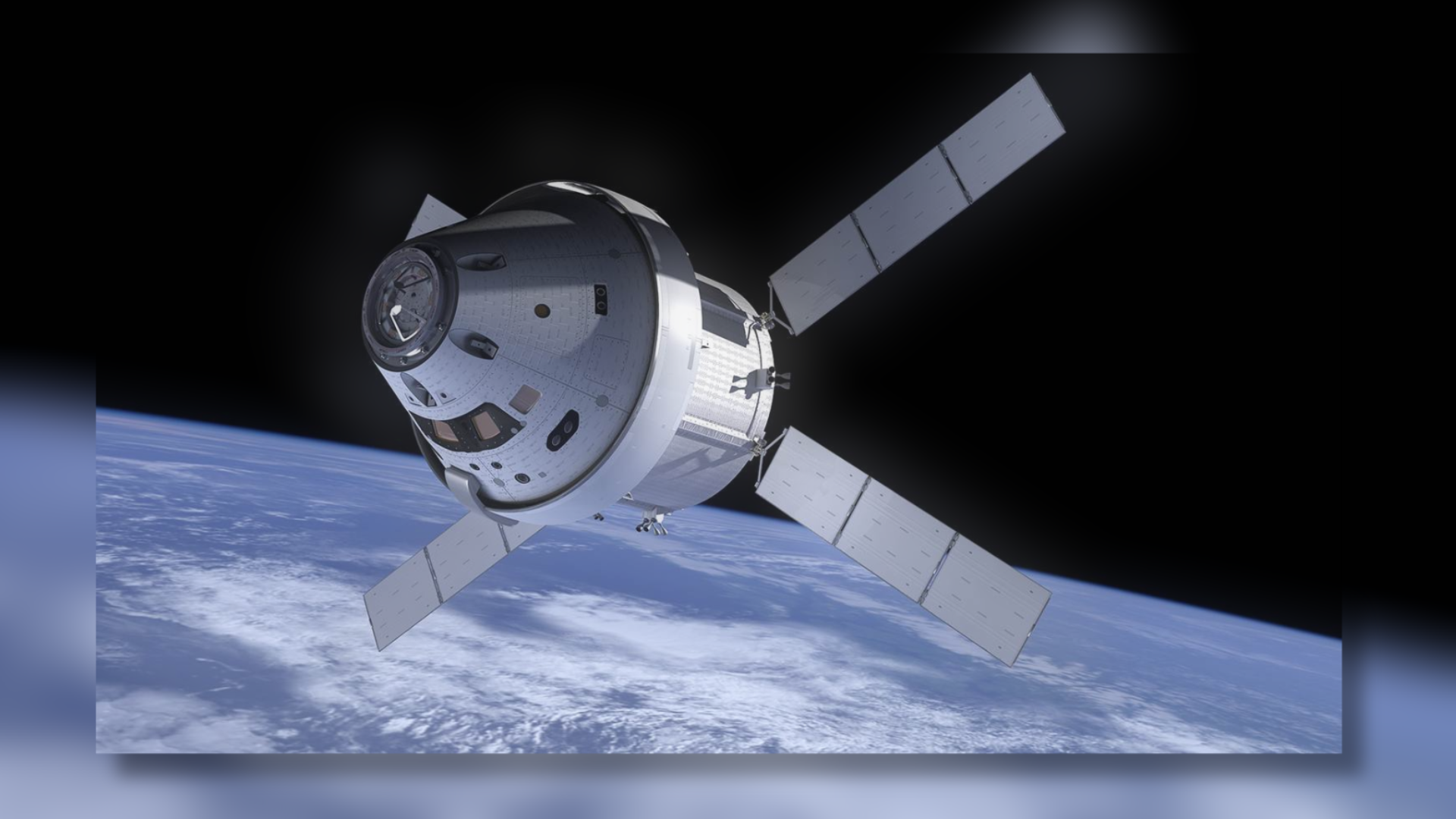On June 28, 2024, NASA’s Orion spacecraft was lifted out of its final assembly area. This spacecraft is crucial for the Artemis II mission, which aims to orbit the Moon. Over the past weeks, engineers have been meticulously testing and putting together all its parts. They’ve checked everything from how well each piece works to ensuring there are no leaks in its propulsion system.
Using a heavy-duty crane, they carefully moved Orion back into a newly upgraded altitude chamber for more tests. Here, they’ll subject it to conditions that mimic the vacuum of space, stripping away air to create a near-perfect vacuum. This step is vital because it helps them see how the spacecraft will handle the extreme environment it will face during its mission around the Moon.
The data collected from these tests will be crucial. It’ll confirm whether Orion is up to the task of safely carrying astronauts on the Artemis II mission through the challenging conditions of space.
Orion: Enabling Human Exploration
NASA’s Orion spacecraft stands at the forefront of the agency’s ambitious plans for deep space exploration, encompassing missions to the Moon and potentially extending to Mars. Orion serves as a vital component enabling human exploration across the solar system, offering a secure habitat for astronauts during extended missions.
It consists of two main segments: the Crew Module (CM), crafted by Lockheed Martin, providing living quarters and life support systems for space travel; and the European Service Module (ESM), contributed by the European Space Agency (ESA), supplying power, propulsion, and thermal management.
Orion integrates cutting-edge technologies to uphold stringent safety standards, including robust heat shields capable of enduring the intense heat during re-entry into Earth’s atmosphere. Designed for reusability across multiple missions, the spacecraft plays a pivotal role in NASA’s Artemis initiative, which aims to return humans to the Moon and establish a sustainable presence to lay the groundwork for future manned missions to Mars. Since its inaugural uncrewed test flight in 2014, Orion has undergone extensive testing and refinement to align with its ambitious mission objectives ahead.
ALSO READ: LUCA: The Last Common Ancestor Of All Life On Earth Emerged Much Earlier Than You Might Think!





















